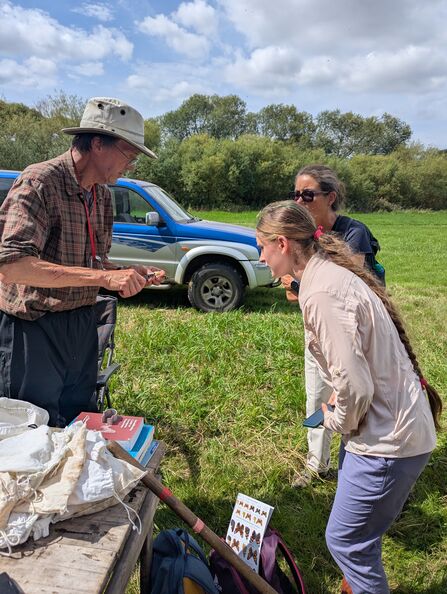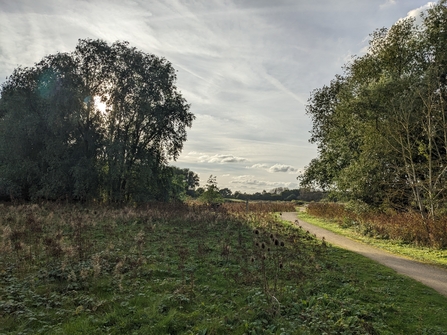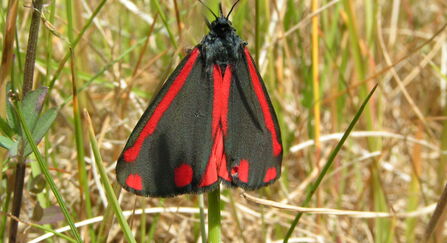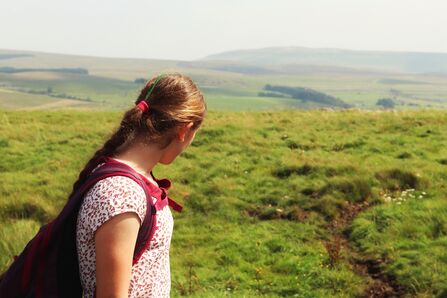Day One – Species Spotting
My first visit was to Wheldrake Ings nature reserve. An ‘Ing’ is a meadow, especially a low one by a river or one that regularly floods, and is a word dating back to Old English with its roots in Old Norse.
The water meadows at Wheldrake form a natural part of the River Derwent’s floodplain and in the past were managed for hay. Today, Yorkshire Wildlife Trust (YWT) still manages the meadow in the traditional way, cutting for hay in early July after the meadow peaks in late June. The meadow here is so rare that the reserve has international importance. In winter, the flooded meadows attract great numbers of wetland birds. Even on my visit in mid-August we saw a large flock of lapwing, and were lucky enough to witness four curlews flying from the water.
We were also graced with the presence of a number of dragonflies, including an emperor, a ruddy darter and two downy emeralds. For me though, the highlight of the day was witnessing the ringing of two juvenile blue tits by the visiting bird ringing team, who had been out all morning ringing wild birds.








